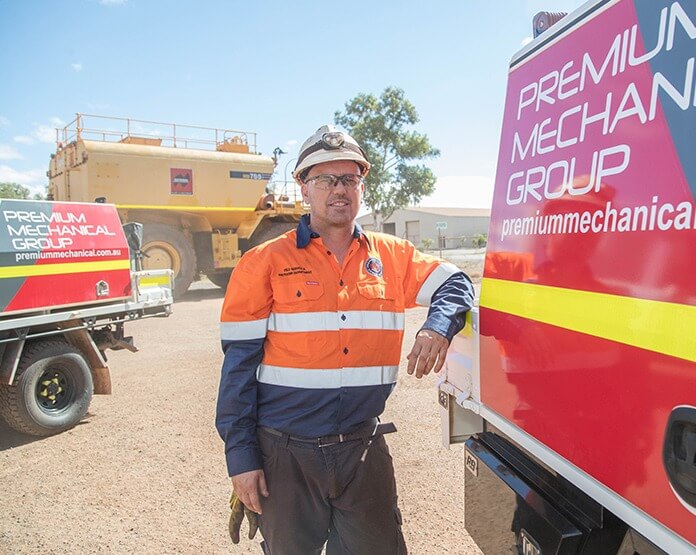"I regularly received calls and messages from the Premo staff in Perth and my Premo workmates while I was on site doing long swings and dealing with personal issues... Love your work guys and thank you."
John
"I would love to thank all the hard-working staff and management of Premium Mechanical for my wonderful Birthday Present which I have received. You guys are a great company to work for. Once again I can't thank you guys enough I love working for PMG and surely will recommend you guys."
S.D.
"Thank you very much for the Birthday Gift. It was unexpected but very much appreciated. I do not have an email address's for all involved so, please pass on my sincere thanks to all. Thank you."
Ernest
" Premium Mechanical is the best company I have ever worked for. They have done their upmost to look after me through this global pandemic and I appreciate everything they have done for me since I have started working for them. Nothing is a problem or an issue, all the team are happy to chat whenever even if its just a general catch up. Proud to be a part of the Premium team. 😊 "
Stephen C
" Fantastic company to work for, great people and culture. Always looking for ideas or improvements to be made and very supportive, wouldn’t work for anyone else! "
Daniel L
" Premium Mechanical is an awesome company to work for who really supports and cares about their employees. Working for a company that offers flexibility, work life balance and great employee perks makes all the difference especially when you have a family. "
Kere L
" I approached Premium Mechanical Group because I wasn’t happy in my current role and was potentially looking for a better position with another mining company. The team was incredibly professional and helpful throughout the whole process. I was surprised by the huge number of mining job opportunities they offered me, always making sure that each matched all my requirements regarding fifo roster, salary sacrifice etc. I’ve now left my old position and couldn’t be happier with my new job at my new company. Couldn’t fault them! "
Aimee R







